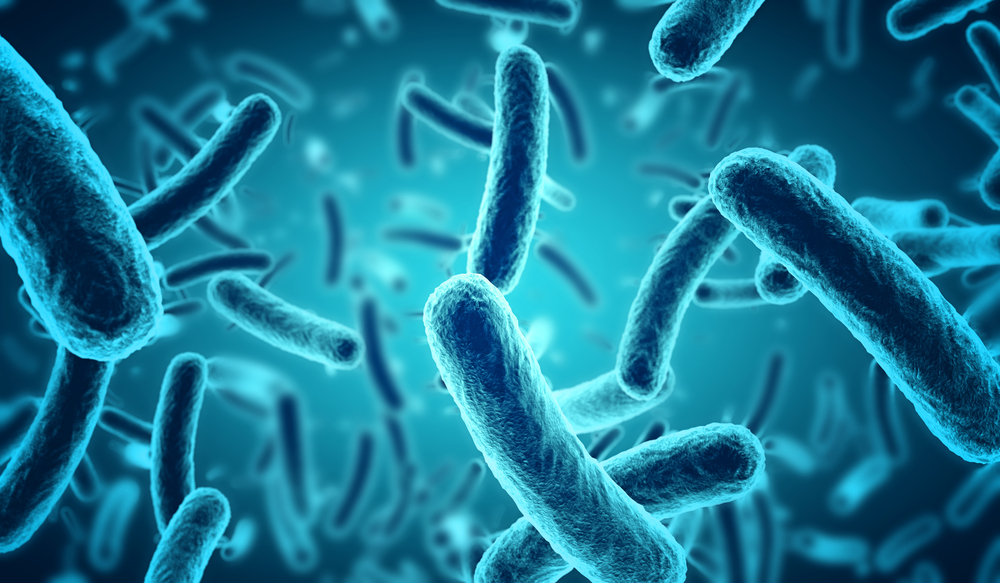Research
Despite all the research that has been going on for the last one hundred years, we are no closer to understanding the underlying cause of many illnesses, especially cancer, neurological disorders, arthritis and autoimmune diseases.
Modern research is targeted at treating the disease rather than the cause. Therapies for many diseases, target the immune system, mainly by immunosuppression (dampening down the immune response despite not knowing what it is responding to) or more recently by attempting to block signals from cells that turn the immune system off (in cases of inflammation such as arthritis) or on (in cases of cancer where the tumour has turned off the immune system so it doesn’t react against it).
While this ongoing research will eventually give us insight into the mechanisms of response to disease, we are no closer to understanding the disease process.
In a similar manner, our understanding of the immune system has come on in leaps and bounds. However, the reality is that we still have a long way to go in our understanding of how the immune system works.
Disease Specific Research
Want to know more about your disease specifically? Here at Hey Jude research is an important part of what we do and so we have compiled notes on the latest medical research on all of the diseases listed below.
Click on each disease to find out more. (Details will be added shortly)




